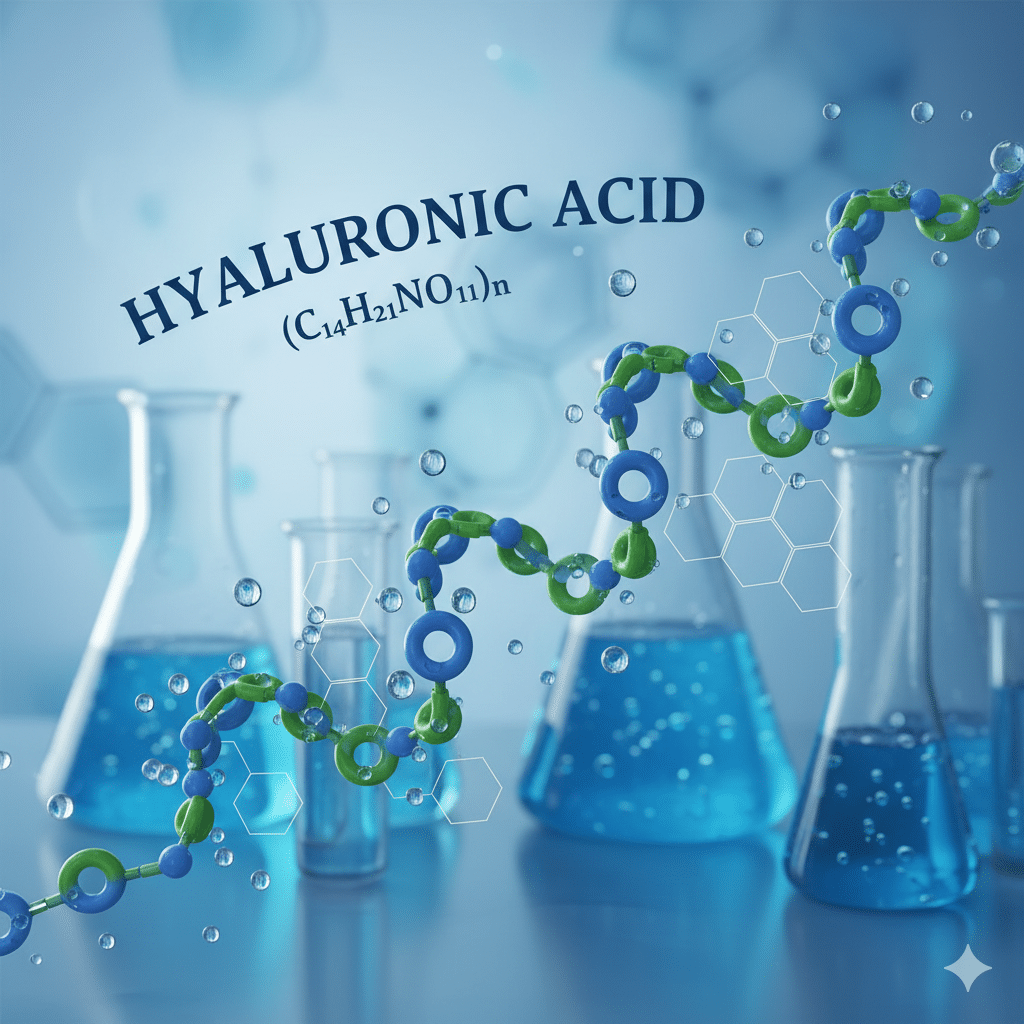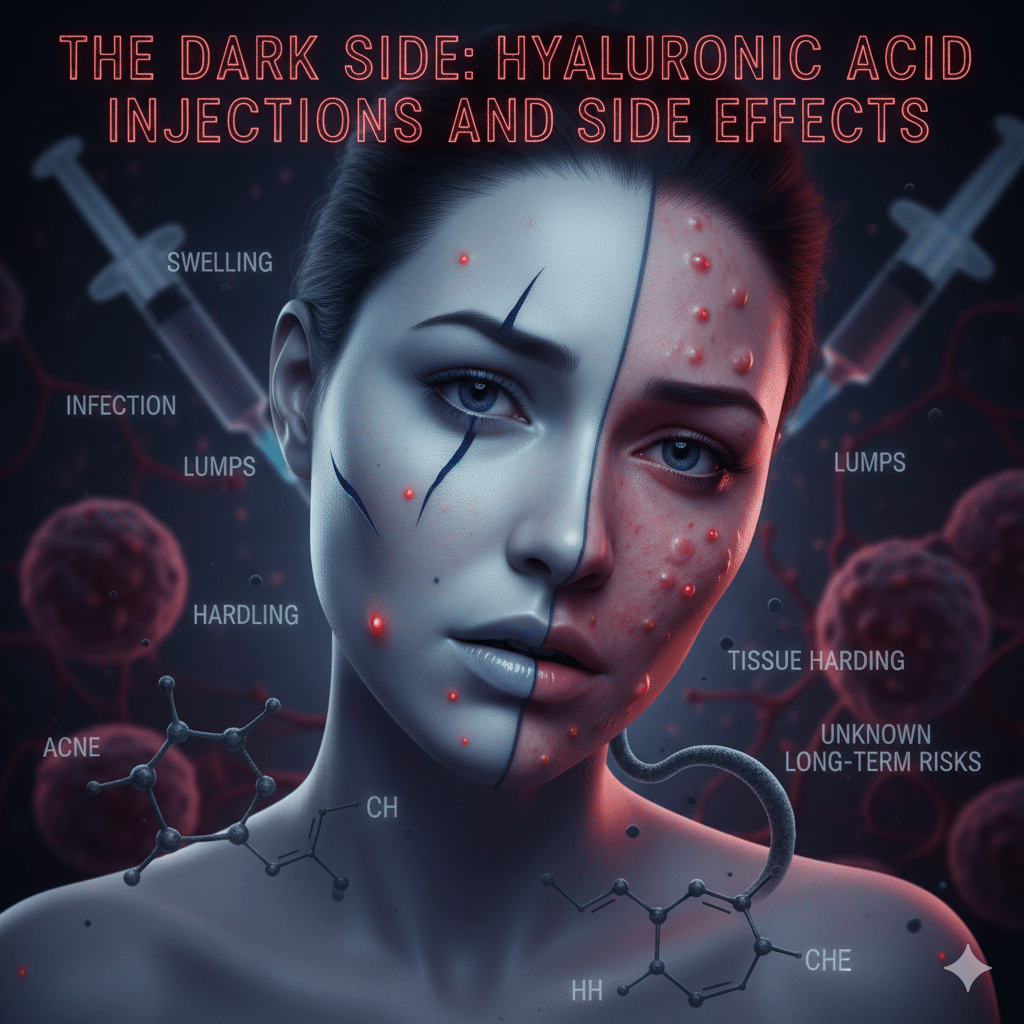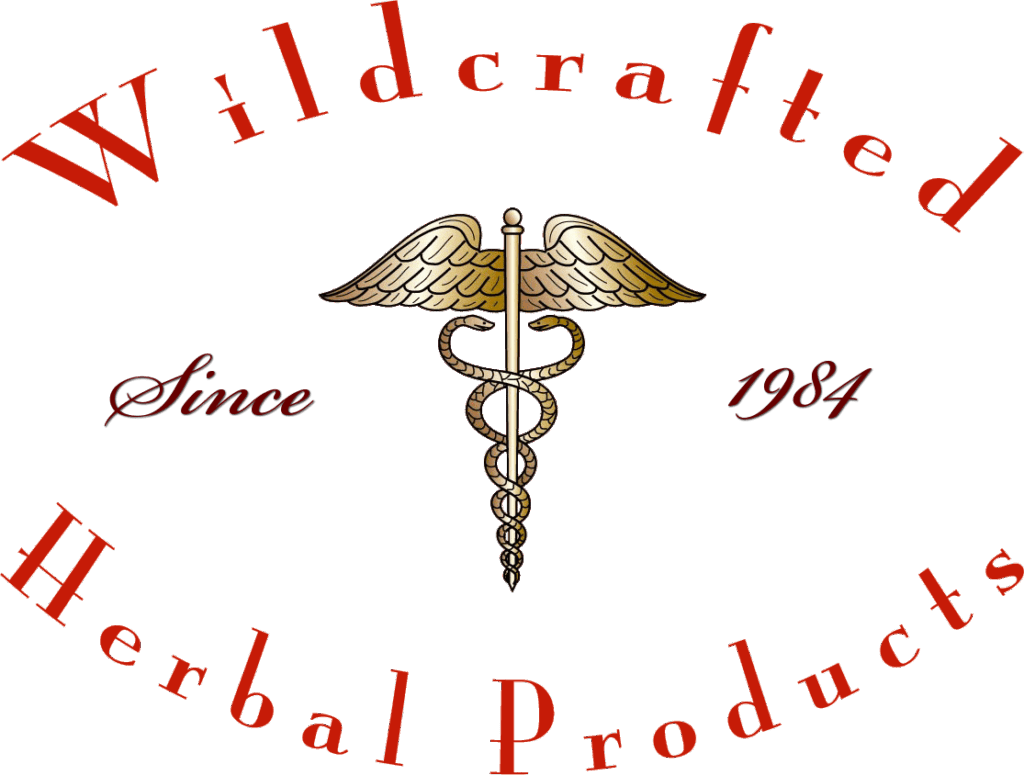Hyaluronic Acid - The Latest Craze In "Natural" Skin Care
It seems like every few months a new “miracle” ingredient takes the spotlight in the world of skincare. Right now, the buzz is all about hyaluronic acid—an ingredient praised as a powerful hydrator, wrinkle reducer, and age-defying solution.
Walk into any pharmacy or beauty store and you’ll see hyaluronic acid serums, creams, masks, and even injectables promising to plump, smooth, and rejuvenate your skin. But what is hyaluronic acid really? Is it as natural as the marketing suggests? And is it truly safe and effective for long-term skin health?
Let’s take a closer look at the science, history, and holistic perspective on hyaluronic acid.
What is Hyaluronic Acid?
Hyaluronic acid (often shortened to HA) is not some futuristic laboratory invention—it’s actually a naturally occurring substance in the human body. Classified as a biopolymer, HA is found in the connective tissues of animals, including humans, where it plays a vital role in maintaining moisture and elasticity.
The highest concentrations of HA are located in:
The eyes (vitreous humour, helping maintain structure)
Synovial fluid (cushioning joints)
Skin and connective tissue (maintaining firmness and hydration)
In fact, hyaluronic acid is sometimes referred to as “nature’s moisturiser” because of its ability to bind water molecules—up to 1,000 times its own weight. This is why skincare companies are so quick to market it as the ultimate plumping and hydrating ingredient.

The Japanese Village That Sparked the Hyaluronic Acid Craze
Hyaluronic acid entered mainstream awareness in the early 2000s when ABC News aired a feature on the Japanese village of Yuzurihara, often called the “Village of Long Life.”
Residents there, many in their 80s and 90s, showed remarkably youthful signs of aging—smooth, wrinkle-free skin, full heads of hair, flexible joints, and little need for glasses. Their secret? A diet rich in “sticky vegetables” such as:
Satsumaimo – a variety of sweet potato
Satoimo – a sticky taro-like potato
Konyaku – a jelly-like dish made from konjac root
Imoji – potato roots rich in starches
These foods, combined with fermented soy products like miso and tofu, appeared to stimulate the body’s natural production of HA.
Instead of relying on skincare serums or injections, the villagers maintained youthfulness through diet, movement, and holistic living. This sparked a global fascination with hyaluronic acid as a potential anti-aging solution.
Hyaluronic Acid Benefits for Skin
So, what does hyaluronic acid actually do for your skin? Here are the main benefits:
1. Deep Hydration
HA is a powerful humectant, meaning it attracts and holds onto water. When applied to the skin, it draws in moisture, keeping skin hydrated, supple, and plump.
2. Collagen Support
HA plays a role in stimulating collagen production—the protein that keeps skin firm and elastic. By maintaining collagen structure, hyaluronic acid helps reduce sagging and fine lines.
3. Wrinkle Reduction
Since dehydration makes wrinkles look deeper, HA’s moisture-binding ability can visibly smooth fine lines, especially with regular use in serums or creams.
4. Skin Repair
HA also supports wound healing and tissue repair, which is why it’s used in medical treatments for burns, wounds, and eye surgeries.
Hyaluronic Acid in the Body: More Than Just Skincare
While most people associate HA with glowing skin, its importance extends far beyond beauty. Research shows hyaluronic acid is crucial for:
Joint health – Lubricates and cushions joints; often used in osteoarthritis treatments.
Eye health – Helps maintain eye shape and is used in cataract and retinal surgeries.
Cardiovascular support – Plays a role in connective tissue and vascular health.
This makes hyaluronic acid not just a beauty booster but a whole-body essential molecule.
The Dark Side: Hyaluronic Acid Injections and Side Effects
The beauty industry often promotes hyaluronic acid injectables (dermal fillers) as a quick fix for wrinkles. While effective in plumping skin temporarily, this approach comes with risks.
Side effects of HA injections can include:
Swelling and redness
Infection
Tenderness or pain
Lumps under the skin
Tissue hardening
Acne breakouts
Unknown long-term risks, especially when combined with collagen fillers

Relying on injections to restore youth may undermine the body’s natural balance and introduces unnecessary risks. Unlike the Japanese villagers, who relied on natural dietary sources of HA, injections create an artificial and often temporary solution.
Using natural methods and therapies is far safer, and better in the long run.
Natural Sources of Hyaluronic Acid
For those seeking a safer, more holistic approach, dietary sources of HA (or foods that support its production) are a better option.
Plant-Based Sources
Starchy root vegetables – sweet potato, taro, and konjac are rich in compounds that stimulate HA production.
Fruits rich in bioflavonoids – blueberries, cranberries, and citrus help protect HA from breaking down.
Animal-Based Sources
Bone broth – simmering fish heads, chicken feet, or beef joints extracts hyaluronic acid along with collagen and minerals.
Connective tissue – tendons and sinewy cuts of meat are naturally rich in HA.
Incorporating these foods into your diet not only supports skin health but also benefits joints, eyes, and overall vitality.
Protecting Your Skin’s Natural Hyaluronic Acid
Since HA naturally decreases with age, it’s important to protect what you have by reducing the factors that break it down.
Lifestyle habits to preserve hyaluronic acid:
Limit sun exposure and use natural sun protection to reduce UV damage.
Eat antioxidant-rich foods (berries, green tea, leafy greens).
Exercise regularly to improve circulation and stimulate skin renewal.
Reduce processed foods that accelerate free radical production.
Stay hydrated to give your skin the raw material it needs.
Hyaluronic Acid: A Holistic Perspective
At Wildcrafted Herbal Products, we believe true skincare is about supporting the body’s natural systems rather than relying on isolated, concentrated ingredients or invasive treatments.
Hyaluronic acid is undeniably important for skin health, but it should be approached holistically—through diet, lifestyle, and balanced living—rather than as a quick-fix miracle ingredient.
Your skin is not separate from your overall health. Just like the villagers of Yuzurihara, lasting youthfulness comes not from injections or serums, but from a lifestyle that nourishes body, mind, and skin together.

